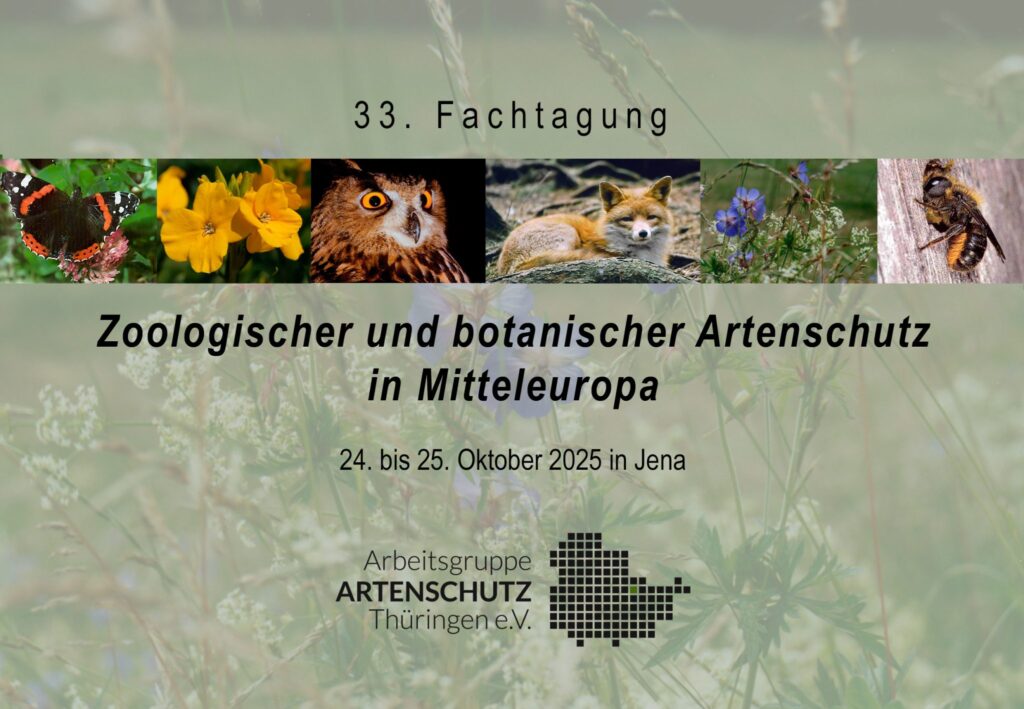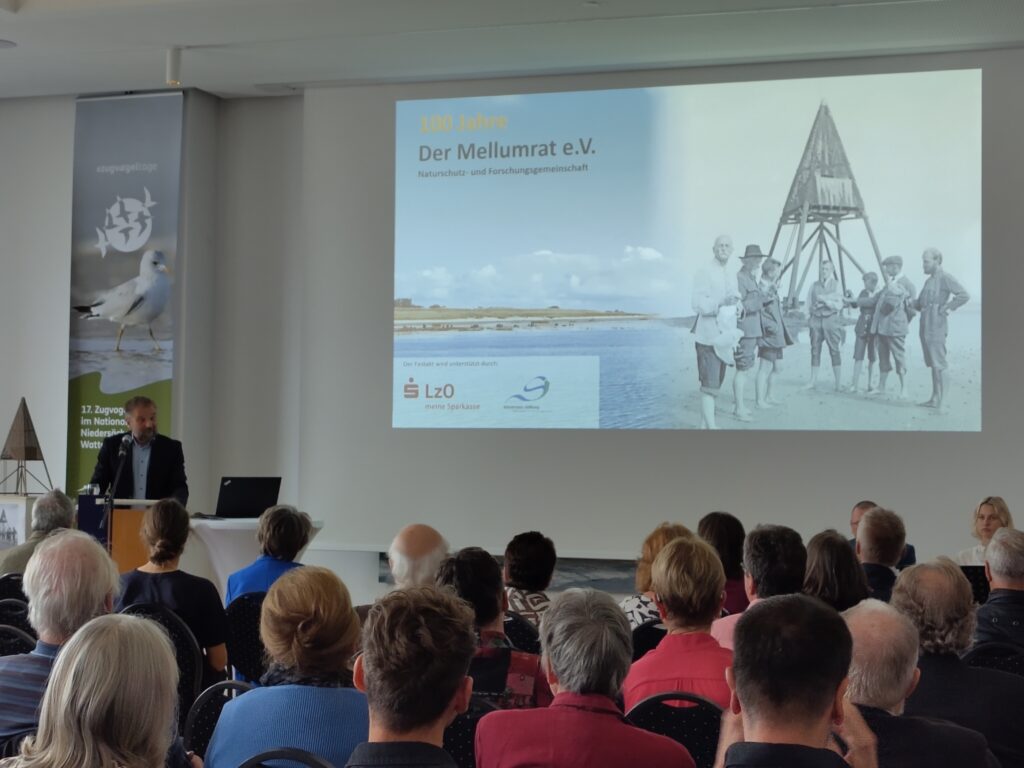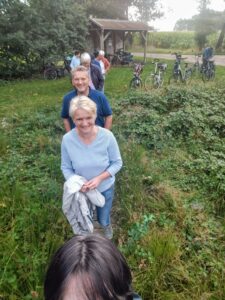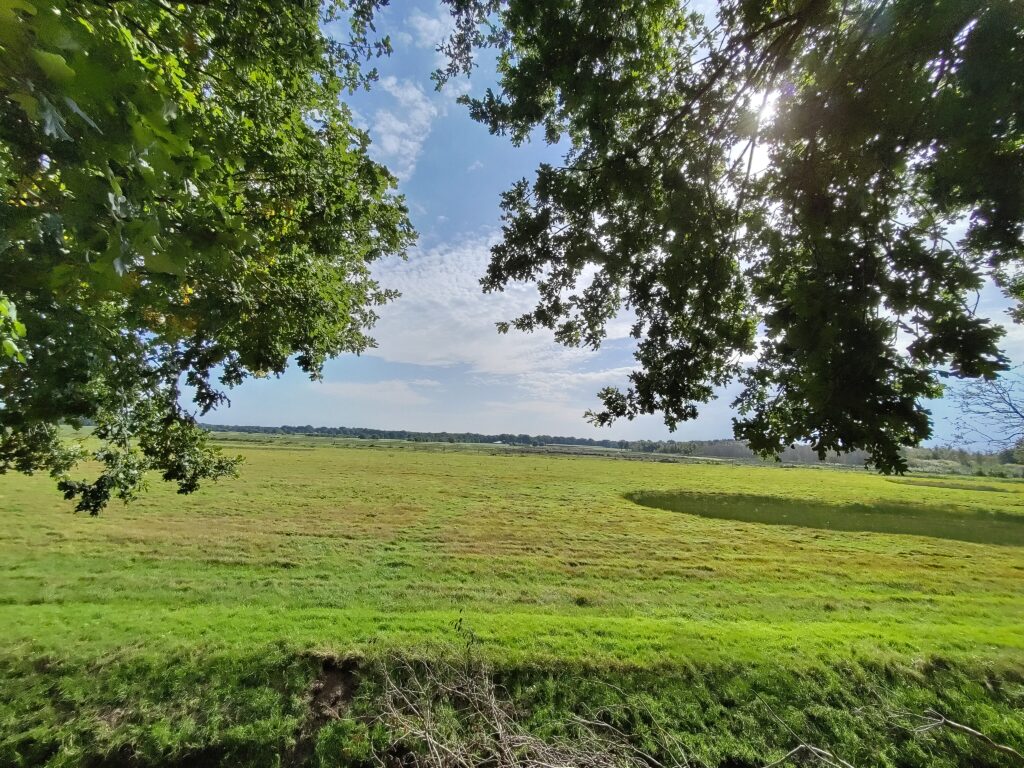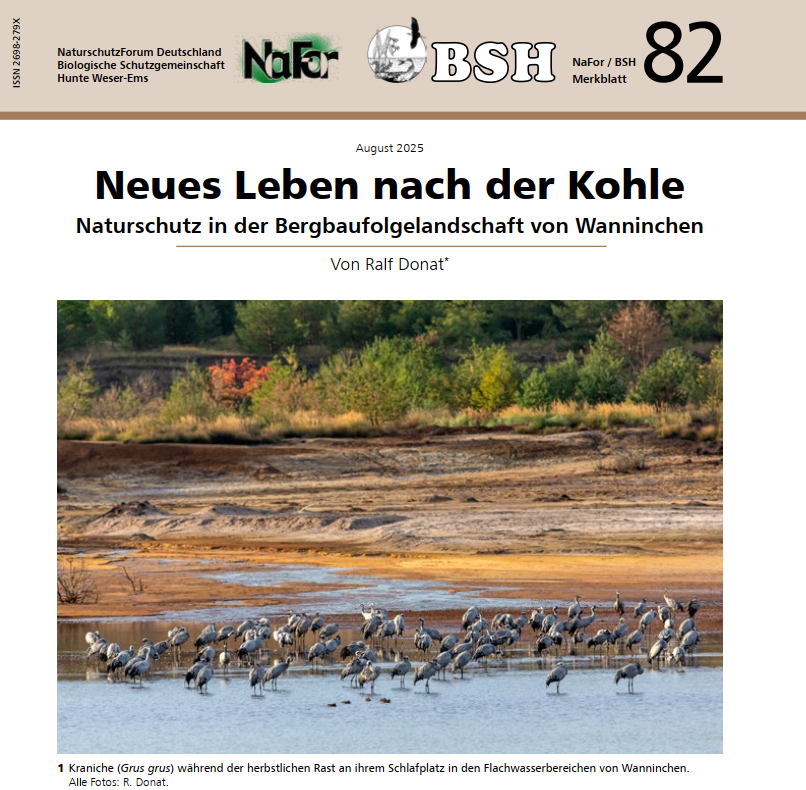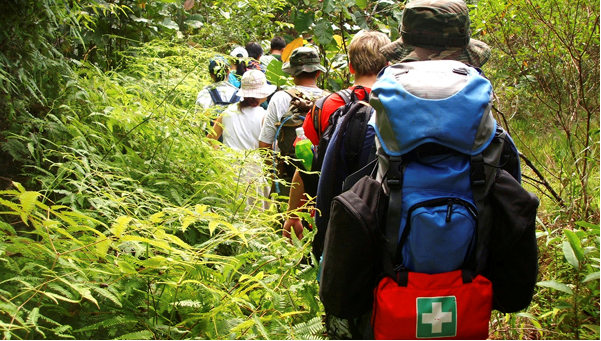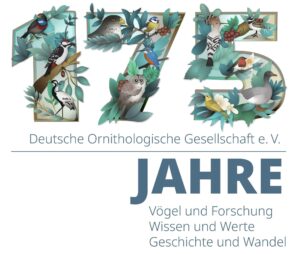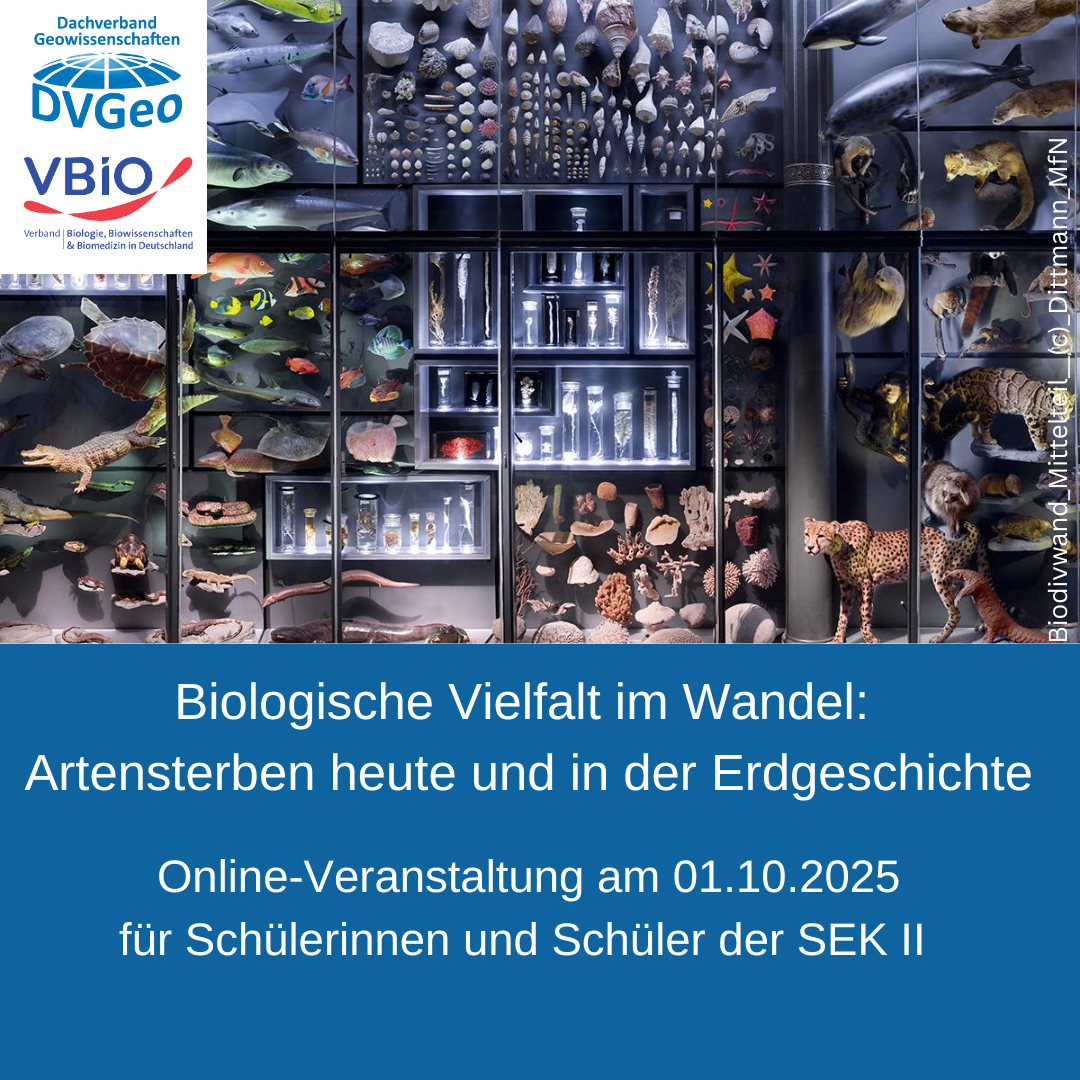Naturschutzforum favorisiert Ruhezonen. Vorstand bestätigt.
Einen Rückblick auf die Tätigkeiten und Arbeitsfelder des vergangenen Jahres hielten die Teilnehmer der Jahresvertreterversammlung des NATURSCHUTZFORUMS DEUTSCHLAND e.V. (Nafor). In der Geschäftsstelle des Nafor gingen insgesamt 222 Planungsunterlagen für zahlreiche bundesbedeutsame Bauprojekte ein. Hierzu gehörten Planungen aus den Bereichen Deutsche Bahn, Wasserstraßen und Schifffahrt sowie div. Gesetzesvorhaben aus den Ministerien, die kommentiert wurden, soweit sie naturschutzrelevante Beteiligungen erforderten. Auch Regionale Raumordnungspläne und modellhafte Sanierungsplanungen wurden in der Bundesgeschäftsstelle bearbeitet.
Die Mitgliedsverbände berichteten über ihre aktuellen Aktivitäten und Schwerpunkte, z.B. über Bestandsaufnahmen von Tiergruppen wie Fischen (www.ichthyologie.de), Amphibien und Reptilien (www.dght.de). Betont wurde in der Diskussion die Bedeutung von Mooren und Wäldern. Angesichts der klimatischen Veränderungen werde deutlich, wie die Gefährdungen und Störungen von Lebensräumen vielerorts zunehmen.
Besonders kritisch wurde die großflächige Umwandlung von anmoorigen Böden und historischen Handtorfstichen zu Paludikulturen gesehen, zumal auch die Resonanz in der Landwirtschaft nicht gegeben sei. Die Teilnehmer betonten den großen ökologischen Wert der Handtorfstiche, in denen sich im Laufe von Jahrzehnten wertvolle Lebensgemeinschaften ansiedeln konnten. Schnepfen und andere Wiesenvögel fänden hier Nahrung. Deren Fortbestand inmitten der wertvollen Moorvegetation sei durch das Bundesnaturschutzgesetz geschützt. Die Absichtserklärungen, hier künstliche Torfmoosplantagen oder andere Paludikulturen anzulegen, laufe diesem Schutz zuwider und sei auch nicht mit dem Klimaschutzargument zu rechtfertigen. Gerade terrestrische Arten wie Eidechsen, Schlingnattern, aber auch Insekten wie Schmetterlinge, Laufkäfer und Ameisen seien durch derartige Planungen gefährdet.
Des Weiteren wurde auf den Wert von Wäldern hingewiesen, deren vielfältige ökologische Leistung eine intensive Förderung, insbesondere auf öffentlichen Flächen erfordere. Die Umwandlung zu Mischwäldern sei entsprechend zu fördern, weitere Flächen auszuweisen. Ein weiterer Punkt betraf den Schutz der Nordsee und der Küstenregionen. Hier wurde vor allem sofortiger Handlungsbedarf im Zusammenhang mit dem vor der Insel Rügen liegenden Öltanker „Eventim“ gesehen. Winterstürme würden die drohende Gefahr eines Ölunfalls forcieren. Es sei dringend erforderlich, das Schiff der russischen Schattenflotte in einem Hafen zu sichern oder eine Durchfahrtsgenehmigung zu erteilen.
Des Weiteren sprach sich die Versammlung gegen das Verpressen von CO2 in den Untergrund von Meeren aus (CCN), da das die Verbrennung fossiler Rohstoffe nur noch fördere und im Hinblick auf eine Langzeitabdichtung nicht sicher genug sei.
Auf der Tagesordnung der Vertreterversammlung standen in diesem Jahr auch Präsidiumswahlen. Das bestehende ehrenamtlich tätige Präsidium des Naturschutzforums wurde für die Zeit bis 2028 ohne Gegenstimme wiedergewählt. Somit wird Prof. Dr. Helmut Schmidt (Kaiserslautern) den bundesweit tätigen Naturschutzverband weiter anführen.
